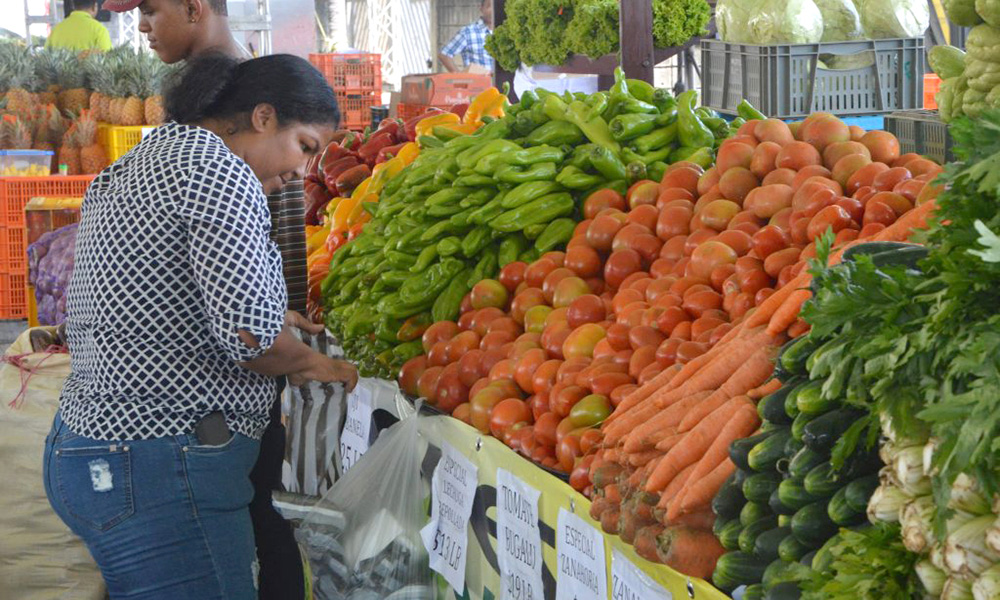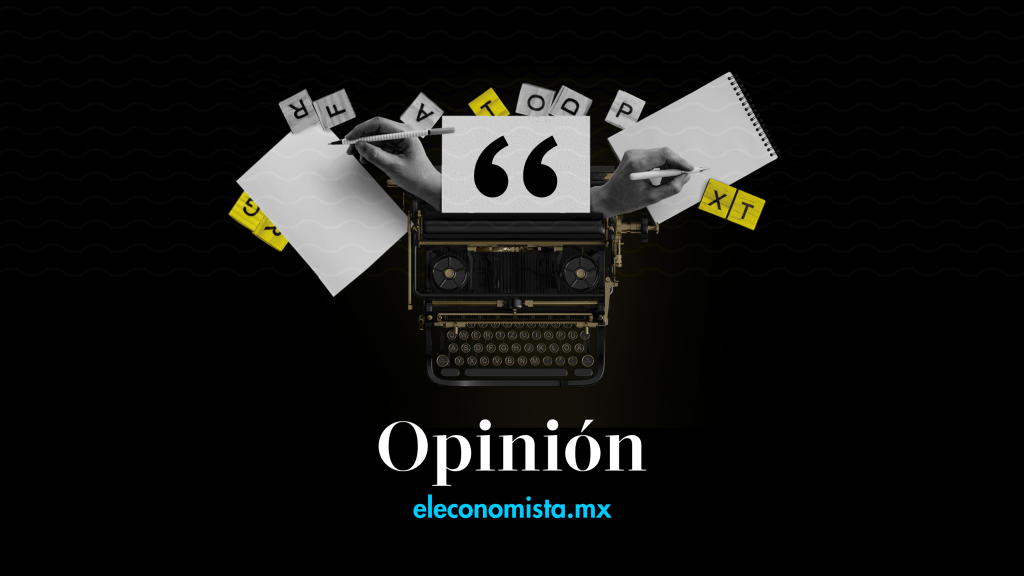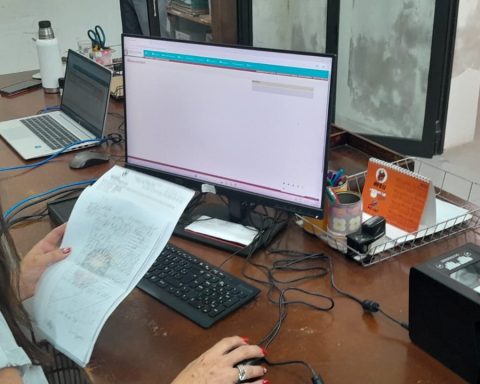The Central Bank of the Dominican Republic (BCRD) reported that the consumer price index (CPI) for the month of February registered an increase of 0.92% compared to the month of January 2022.
With this result, accumulated inflation for the January-February period stood at 2.11%, he explained.
The BCRD monthly report shows that year-on-year inflation measured from February 2021 to February 2022 was 8.98%, while annualized core inflation was 6.97% in February 2022.
Underlying inflation isolates the behavior of some foods with great variability in their prices, as well as fuels, services with regulated prices such as electricity rates and transport, in addition to alcoholic beverages and tobacco, thus allowing clearer signals to be extracted. for the conduct of monetary policy.
The report released by the BCRD explains that the dynamics of internal prices continue to be affected by external shocks, mainly associated with new increases in oil prices as a result of international uncertainty derived from the escalation of geopolitical conflicts that have limited production. and world oil supply.
Aspects
In particular, it refers that the price of intermediate oil from Texas (WTI) was quoted above US$95 per barrel at the end of February, increasing from the average of US$83 registered in January 2022, and currently presents high volatility, trading at around US$110 per barrel. It should be noted that the rise in the prices of fuels and land transport services explained 42% of the inflation registered in the month of February 2022
Similarly, it details that the international prices of important primary food goods for local production, such as corn, wheat and soybeans have continued to rise in recent months, conditioned by a more turbulent external scenario and tensions in the markets where the negotiations are agreed. transactions of this type of raw materials. Likewise, the high cost of container transport and other disruptions in supply chains continue, which affects the prices of imported goods.
The anti-inflationary measures
The report highlights that in this scenario, in order to mitigate the impact of imported inflation on domestic prices in a context in which the real gross domestic product (GDP) has already exceeded its pre-pandemic level, the BCRD has significantly reduced liquidity levels in the financial system through open market operations and the use of the Electronic Currency Trading Platform, which is consistent with the accumulated increase of 200 basis points in the monetary policy rate in the framework of the plan to normalize monetary conditions.
The document also explains that the Dominican peso reflects an annualized appreciation of more than 5% at the end of February 2022, which, together with the monetary normalization process, is helping to mitigate inflationary pressures of external origin and would facilitate the gradual convergence of inflation to target range of 4% ± 1% in the monetary policy horizon.
Transport and food, the most inflationary
The BCRD analysis indicates that, in relation to the detail of the CPI by groups of goods and services, the most significant variations were registered in the groups Transportation (1.97%), Miscellaneous Goods and Services (1.03%), Food and Non-Alcoholic Beverages ( 0.96%), Restaurants and Hotels (0.66%) and Housing (0.65%). It details that the growth in the Transportation index was mainly due to the increases experienced in gasoline prices.

















